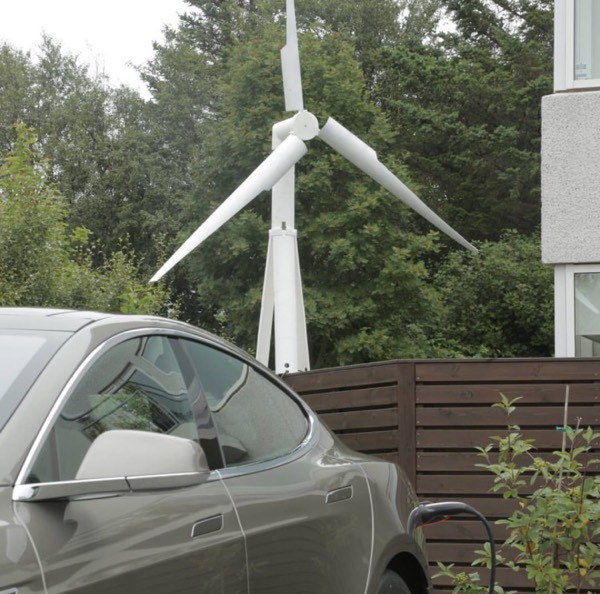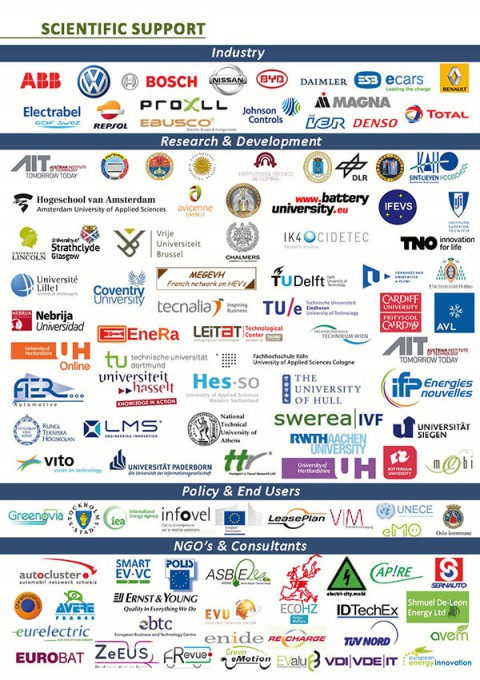Wind and solar not being reliable? Oh boy.
*rolls sleeves up*
If we invested subsidies in green power the way we subsidise fossil fuels, then yeah, it would be 110% reliable.
If you stop shipping coal from a hole in the ground somewhere and stop burning it, coal plants stop being reliable too, and their reliability, even when supplied with plenty of fuel, is not 100% either.
If we didn’t have NIMBYs complaining about a passive, silent, harmless solar farm on fallow land (as happened near Kelly a few years ago) then yeah, it would be 100% reliable.
If we track the rising price of fossil fuels with the plummeting price of solar, then it would seem that renewable energy is 100% reliable for people on low incomes.
If we consider that Northern Ireland has the highest percentage of the population in the entire British Isles (including Ireland) afflicted with fuel poverty, then a transition to distributed micro generation could prove to be 100% effective in removing fuel poverty.
If we look at crazy ideas like putting a solar panel on every roof, we would see that the energy savings across the entire population would be 100% effective in improving the local economy, because the money saved would be spent locally and not squirrelled away in the Cayman Islands.
If we spent 100% of the money we wasted on RHI, a flawed scheme in every sense, on solar generation, we could have outfitted every social housing development with solar panels, cutting fuel poverty to a small percentage and improving the lives of about half a million people.
As the Air Quality around Stockman’s Lane and the Westlink is now ILLEGALLY POOR, a shift away from coal as well as a shift towards electrically propelled vehicles could make a sea change in the quality of lives and substantially reduce respiratory diseases. If won’t save 100% of people but if it saved one person, that’s a good enough percentage for me.





